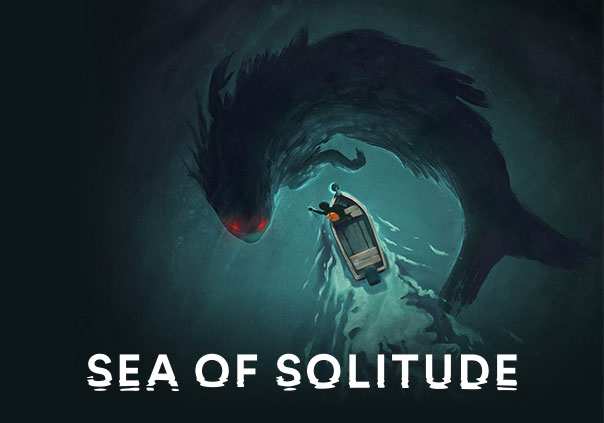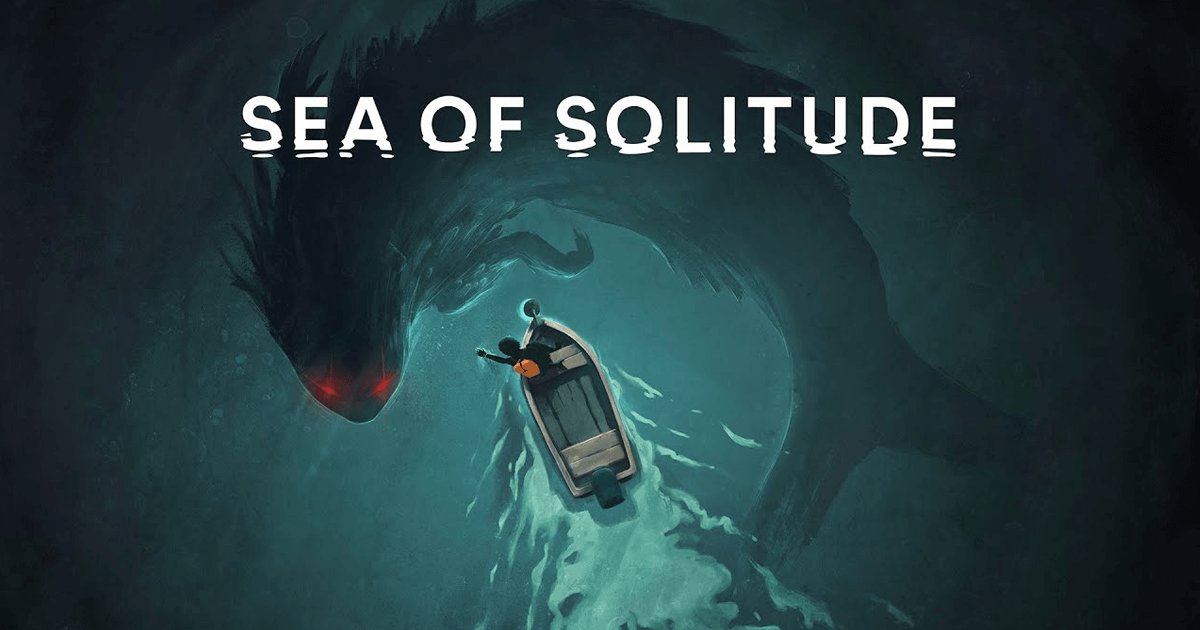

From the earliest moments in the game, it haunts your steps, always just beneath the surface, waiting for Kay to make a false move. The most interesting monster by far, is the furry fish monster. And Kay, herself a furry black monster, is also in need of a profound change.

Human relationships take wrong turns and fall apart. In the end, the game is not about victory – it’s about accepting change and its necessity. But when Kay touches him, his snowy white exterior is revealed to be a shell that falls away, revealing the black, monstrous wolf underneath. Unlike previous monsters, who are all black with red eyes, wolf Jack is pure white. In fact, her attempts to push her way through his defenses only hurts him more. There’s nothing she can do to help him – he needs to get through this on his own. Jack suffers from intense, chronic depression, and pushes Kay away. Kay’s boyfriend, Jack, is represented by a giant wolf. The game further drives this point home with the arrival of the final monster. SoS is smart enough to realize that not every relationship can be saved with the application of love, care, and video game magic. She wants to keep her parents together, but in the end, she realizes that the best thing to do is to allow them to divorce. This is not a problem that Kay can solve, just a mess she can watch unfold. The next two monsters you meet are actually Kay’s parents, and you get to see their initial romance, marriage, and total communication breakdown. The next quest blows a hole in that proposition. This is Kay’s first quest, and it leads you to believe that if you are just a good enough person you can fix everything. He transforms back into himself after you promise to always make time for him and never leave his side.
#Sea of solitude troubleshooting full#
The game leads you through his experiences, putting you in his shoes, navigating a school full of dark, ghostly bullies. Kay, wrapped up in her relationship with her boyfriend, pays little to no attention to him. He is Kay’s little brother Sunny, transformed by the trauma of bullying. The second monster you encounter is an enormous raven. These aren’t monsters to slay they’re people you love. While some of them taunt you (The first one you encounter, a representation of Kay’s own mental state, calls her a “worthless piece of shit”) others are pleading for help. One of the most interesting things about this game is how it approaches these monsters. Each monster’s design is stunning, and their visual design represents each character’s core issues. Some of them represent elements of Kay’s own psyche while others are her loved ones in disguise. In Sea of Solitude, monsters are not antagonists. Sometimes everything is great and you’re hanging out on a boat, and sometimes it feels like a monster is trying to eat you.

More importantly, the intense swings between joy and pain look the way mental illness feels. But unlike that title, its alternation between storybook beauty and drab misery keeps exploration fresh. The city alternates between bright and beautiful sunswept vistas and stormy, black and white nightmare areas that reminded me of the recently released Sinking City. The game leads you through a sort of dream logic as you piece together Kay’s shattered memories of her life before.

You play as Kay, a young woman who has been transformed into a monster and is lost in a flooded city full of other monsters. In order to talk about why this game matters, I have to SPOIL key plot points, so if you want to avoid SPOILERS, stop reading now. It is emotional, beautiful, imperfect, and worth playing. Sea of Solitude looks like a children’s picture book and plays like a diary entry written during an emotional crisis.


 0 kommentar(er)
0 kommentar(er)
